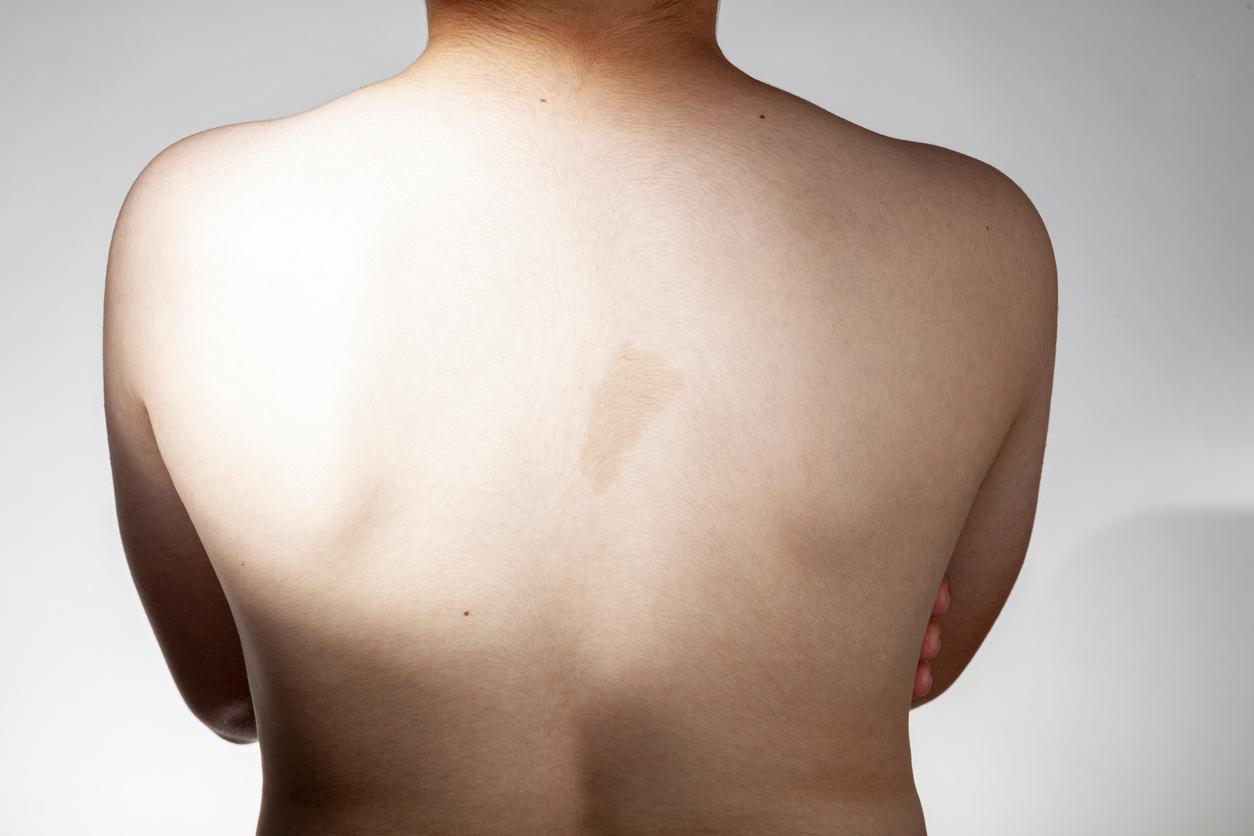Adam Pearson stars in Jonathan Glazer’s latest film Under The Skin with Scarlett Johansson. He also highlights the rare genetic disease from which he suffers: neurofibromatosis.

He is one of the heroes of Jonathan Glazer’s new film, Under The Skin, which hits theaters this June 25. Adam Pearson, 26, has a key role in this sci-fi feature film. His role is very special, since this Briton suffers from neurofibromatosis, a very rare genetic disease which deforms the face in particular.
Adam Pearson, advocate for the sick
Adam Pearson initially thought it was a joke when he received an email offering to volunteer in a movie with Scarlett Johansson. Director Jonathan Glazer offers her a role in his latest film, where the actress plays an alien devouring men. He pushes the audacity to offer Pearson a nude scene with one of the most beautiful actresses in the world. In Under The Skin, her face deformed by disease acts as a pivot: “When people see a beautiful actress next to someone whose face is disfigured, they think he is the bad guy,” Adam Pearson confided to the Daily Mail last March. “But in this movie, I am the victim. And my vulnerability shows her something of humanity that changes her. “
More than a small role in a film, Adam Pearson has become the advocate for patients with neurofibromatosis. Already in 2012, he appeared in a series of reports on Channel 4, Beauty and the Beast: The Ugly Face of Prejudice (Beauty and the Beast: The Ugly Face of Prejudice), dedicated to people with facial disabilities.
Watch the trailer forUnder The Skin :
A distorting genetic disease
Neurofibromatosis is a rare genetic disorder. Patients have a faulty gene, the one the body needs to prevent tumors from growing. Most often, this failure is manifested by small benign tumors at the nerve endings. Brown spots form on the skin as well as freckles concentrated in the armpits and the crease of the groin. One type particularly deforms the face, on which large tumors form: Von Recklinghausen’s disease, or neurofibromatosis 1. It is from this form that Adam Pearson suffers.
But neurofibromatosis also causes motor and bone disorders, as well as learning difficulties and neurological complications. At the moment, no treatment exists for this disease. However, it is possible to treat its skin manifestations, by removing them surgically or by laser. In some extreme cases, a face transplant is also possible. In June 2010, Professor Laurent Lantieri also performed one of the first transplants on a patient with neurofibromatosis.
.















